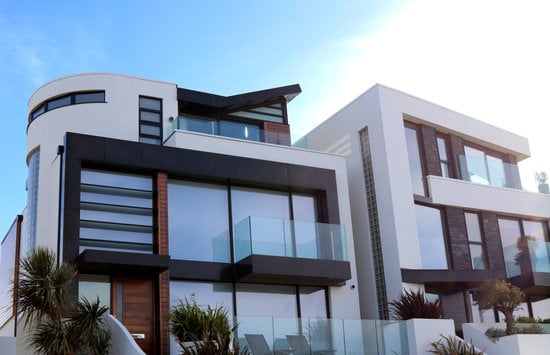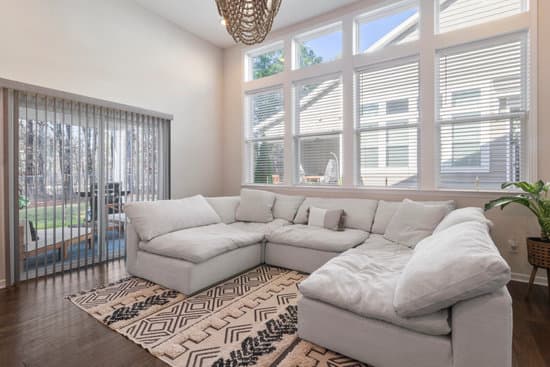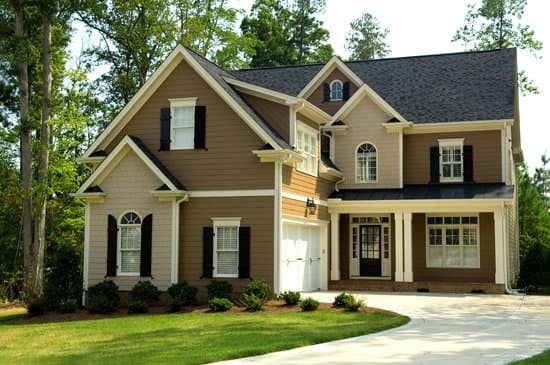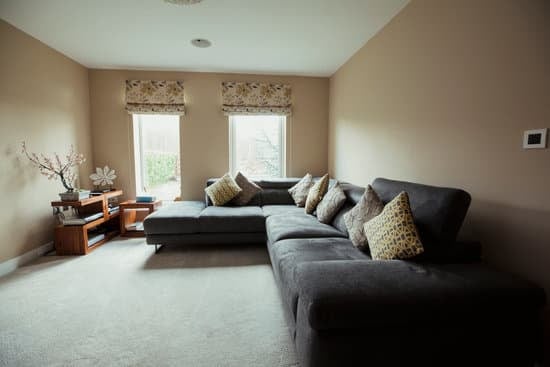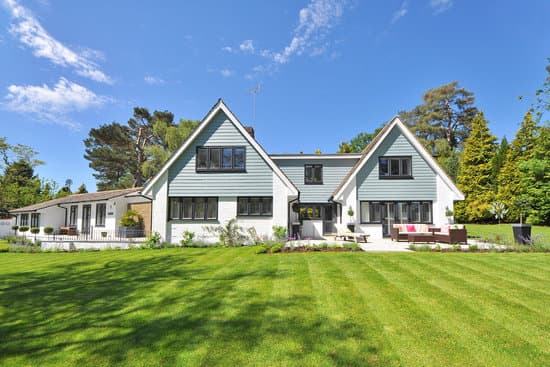Tiny houses have been gaining in popularity in recent years due to their affordability and the trend towards minimalism and sustainable living. Many people are attracted to the idea of living in a small space that requires less upkeep and expense. But just how big can a tiny house be while still maintaining its status as a small dwelling?
Here are some things to consider when determining the size of a tiny house:
According to the International Code Council (ICC), a tiny house is a dwelling that is 400 square feet or less.
The average size of a tiny house is around 186 square feet.
However, some tiny houses can range from as little as 60 square feet to upwards of 1,000 square feet.
Anything over 1,000 square feet starts to push into the realm of small house rather than tiny house.
It’s important to note that there are no hard and fast rules when it comes to defining a tiny house. Different builders and organizations may have their own definitions and guidelines. Ultimately, the size of a tiny house will depend on the needs and preferences of the individual or family who will be living in it. Some people may find that a 60-square-foot tiny house is perfect for their needs, while others may prefer a more spacious 400-square-foot option. As long as the dwelling is designed to maximize space and efficiency, it can still be considered a tiny house.












